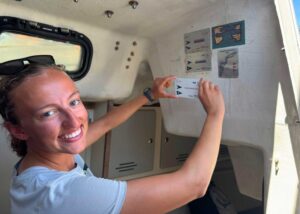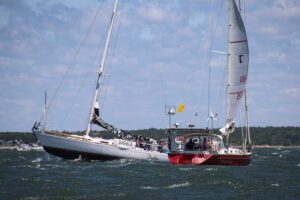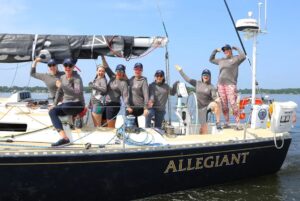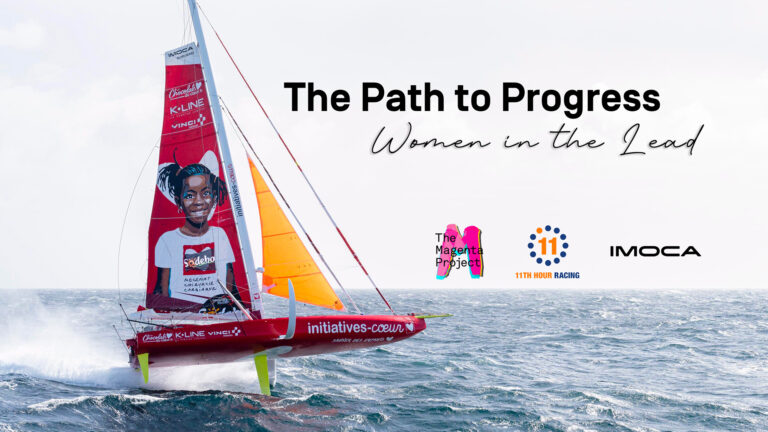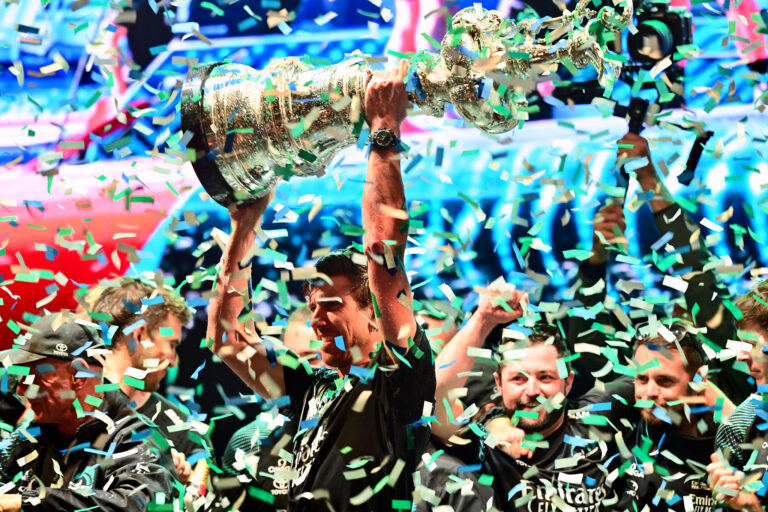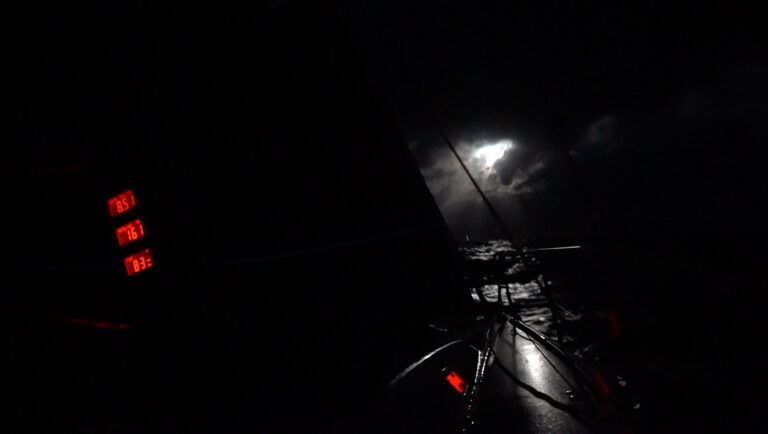Not even Hurricane Irma could stop this 10-years-young Classic

For a week or two after Hurricane Irma ravaged the Leeward Islands in early September, no one on the French island of St. Barthélemy thought the 10th annual Cata-Cup—scheduled for mid-November, just 10 weeks later—had a snowball’s chance in Hades of being staged.
Most of the hotels and resorts on the island had been so badly damaged by the combination of extreme winds, torrential rain and storm surge that it will take many months, in some cases a year or more, to repair or rebuild. The beachfronts had been ravaged, their trademark palm trees toppled or stripped of their fronds, the roofs had blown clean off many houses.
And yet, on the advertised start date, 47 crews from 16 countries pushed their carbon fiber Formula 18 cats off the beach for the first race of the 2017 St. Barth Cata-Cup. It was a remarkable recovery by any standards—70 percent of the hotel accommodation on the island had been destroyed or left damaged by Irma’s winds, and it was a brave call by the Cata-Cup organizers, all of them locally based volunteers, to decide to stage the regatta at all.
Of course, it helps to be a wealthy island. Most of the properties there are built of concrete or breezeblock rather than the wooden structures that were wiped clean off the map in St. Maarten/St. Martin, just a few miles away, leaving hundreds of people homeless. Cleanup also proceeded apace, with the many tons of debris loaded onto barges and taken off-island to recycling sites. All things considered, by mid-November, the island looked remarkably good, though a number of houses were still topped by blue tarpaulins—repairs are likely to stretch well into 2018, one local confided glumly.

Originally, more than 70 crews had entered the regatta, but the numbers were capped in line with the lack of accommodation. Still, there were plenty of heavyweights on the beach, many of them sporting new deck-sweeping mainsails—France’s America’s Cup helmsman Franck Cammas, for example, was there, as was Belgian F18 champ Patrick Demesmaeker, Greek champ Iordanis Paschalidis and too many young, fit French pros to mention.
That said, it would be a mistake to think that F18 racing is a game solely for professional sailors. You can usually count on a few amateurs to throw a spoke in the wheels of the elites, and many of the top-level sailors there also have day jobs. Then, of course, as in any regatta, there are those who take part out of sheer love of the sport and the chance to mix it up with world-class sailors. There were also plenty of gray hairs in evidence, and a few beer bellies too, along with a congenial family atmosphere.

A strong American contingent included Olympic hopefuls David Hein and Arielle Darrow, there for a tilt at their prospective Nacra 17 Mixed rivals in the Tokyo games in 2020 and in the F18 Worlds in Sarasota, Florida later this year. Theirs was a mixed regatta, peaking with a hard-won fourth place midway through and ending with a rudder failure during the penultimate race.
Also, there were New England-based Todd Ricardi and crew Ian Liberty, who wound up in a solid seventh place overall after three top-five finishes. Possibly the most delighted crew of the entire event were Puerto Ricans Enrique and Keki Figueroa, who won a race, finished well in the others and celebrated their fourth place vigorously at the final night’s prize-giving party.

Not so pleased were favorites Cammas and crew Matthieu Vandame were not so pleased; after building up a narrow lead going into the final day, with only a few points between the top dozen teams, they went the wrong side of a mark and the resulting DSQ dropped them out of the top 10. A jubilant Paschalidis and Konstantinos Trigonis subsequently took the top spot, with the Argentine duo of Gonzales Smith Cruz and Mariano Heuser vaulting from eighth overall to second in the course of the final two races, and the Belgian team of Demesmaeker and Olivier Gagliani rounding out the podium in third.
As for the others, well, they were racing in St. Barth, the sun was shining and there’s always next year. For the island itself, the St. Barth Bucket in March and the Voiles de St. Barth in April are next up on the agenda. For complete results from this year’s Cata-Cup, visit stbarthcatacup.com/gbr.
February 2018

